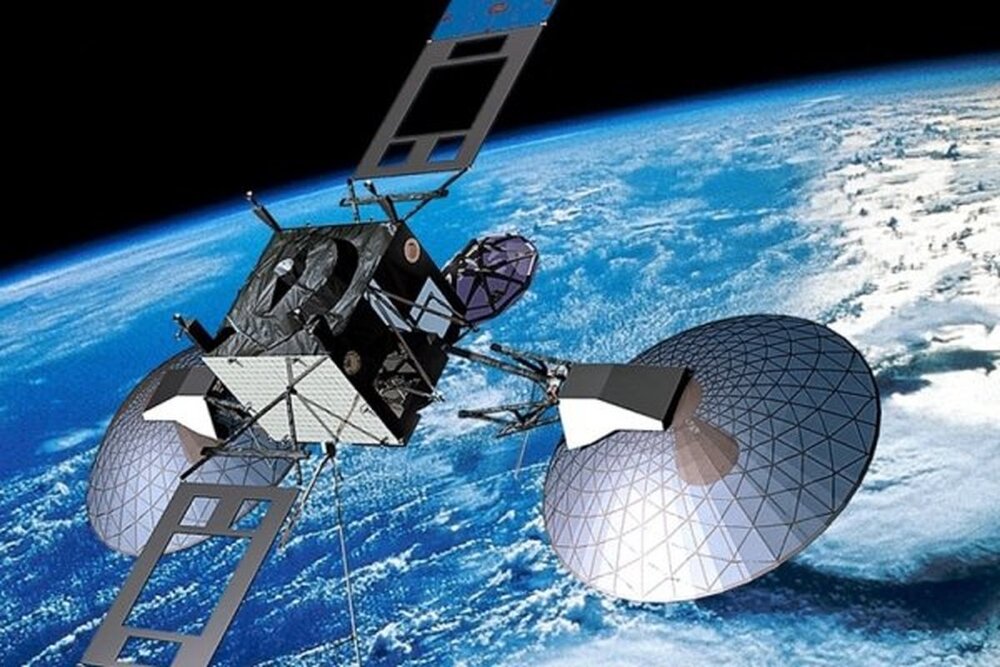
According to reports Immena According to the Iran Space Research Institute, Hossein Samimi announced the patent of a hydrazine single-propulsion catalyst tester with precise control of the inlet flow to the bed, the result of the efforts of researchers in the Space Transportation Systems Research Institute, by the Intellectual Property Center of the Patent Office.
He said: “Satellites are necessary in order to receive and send data in order to be in a certain position according to their mission.” Due to various factors such as environmental disturbances, the position and condition of the satellite may need to be corrected over time. Single-propulsion actuators are actuators that enable active control of these two parameters for space missions.
Samimi continued: “Due to the strategic applications of extruders, these systems are among the sanctioned products and it is not possible to supply them from abroad.” Therefore, the development of indigenous technology for the construction of single-propulsion propellants is an important step in the growth and development of our country’s space industry. In this regard, the use of a test bed for the performance of hydrazine catalyst decomposition to study, investigate and analyze the experimental decomposition and performance of hydrazine propulsion is one of the most important stages in the development of space extruder technology.
The head of the Iranian Space Research Institute explained about this invention: The subject of this invention is the construction of a tester for the decomposition of single-propulsion hydrazine catalyst with precise control of inlet flow to the bed and precise flow control is done by upstream pressure control . In this tester, the propellant decomposes by passing through a catalytic bed and produces hot gas, which produces thrust by passing through the nozzle.
He added: In order to study the changes in pressure and temperature along the bed and then study and analyze the catalytic performance of hydrazine, two pressure sensors at the beginning and end of the bed and also two temperature sensors in the middle and end of the reaction chamber have been used. . As a result of using this infrastructure and analyzing the performance results of different catalysts in order to decompose hydrazine, the possibility of developing a catalyst with the highest activity, mechanical strength and longevity has been paved.
Samimi emphasized: The nanocatalyst developed in the country using this infrastructure consists of bases with gamma alumina material and small pore diameter for proper distribution of active metal nanoparticles (iridium). This nanocatalyst has a function quite similar to the valid foreign samples and has been used in the development process of single hydraulic thrusters in the country.
Comments
Post a Comment